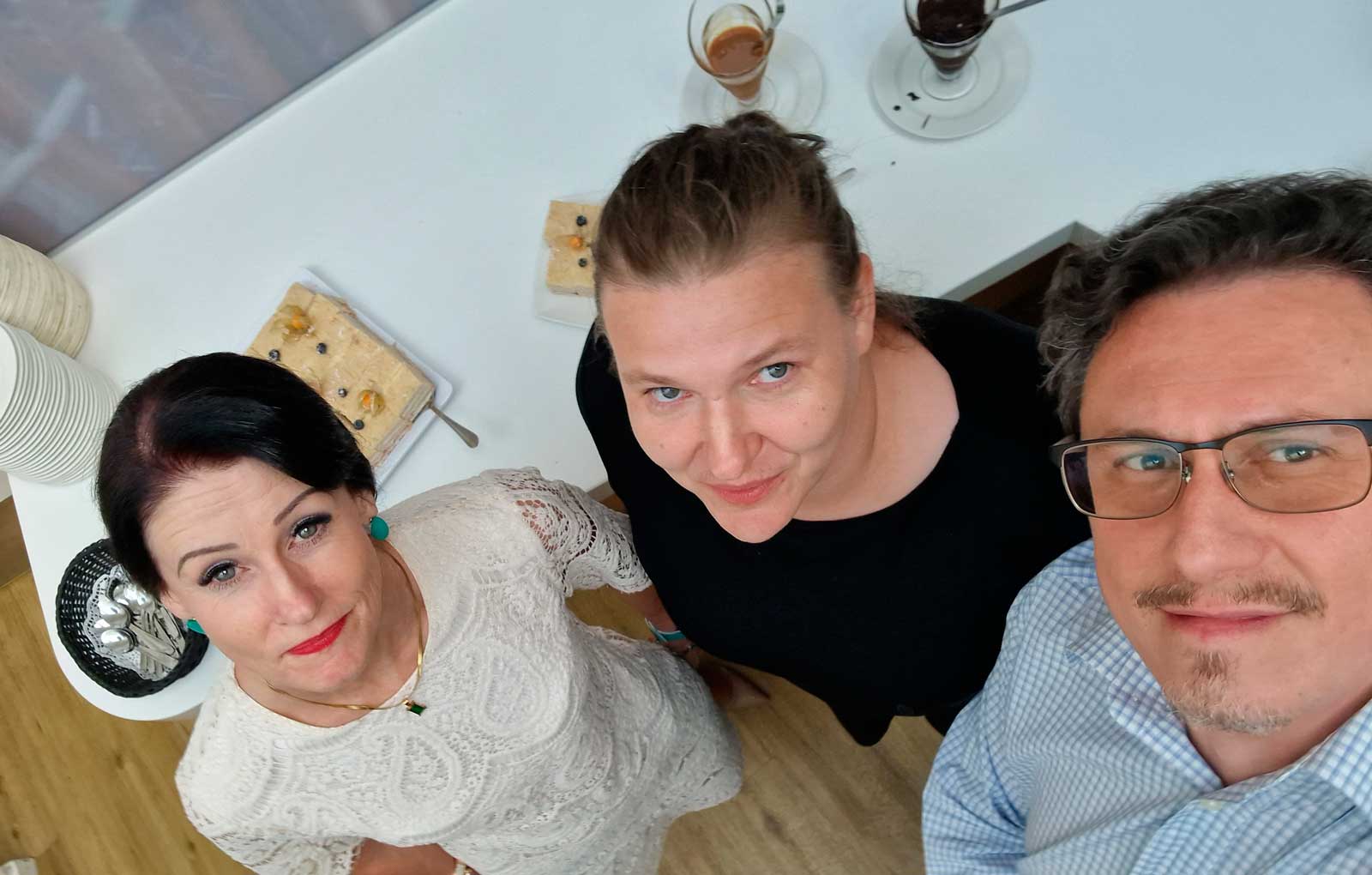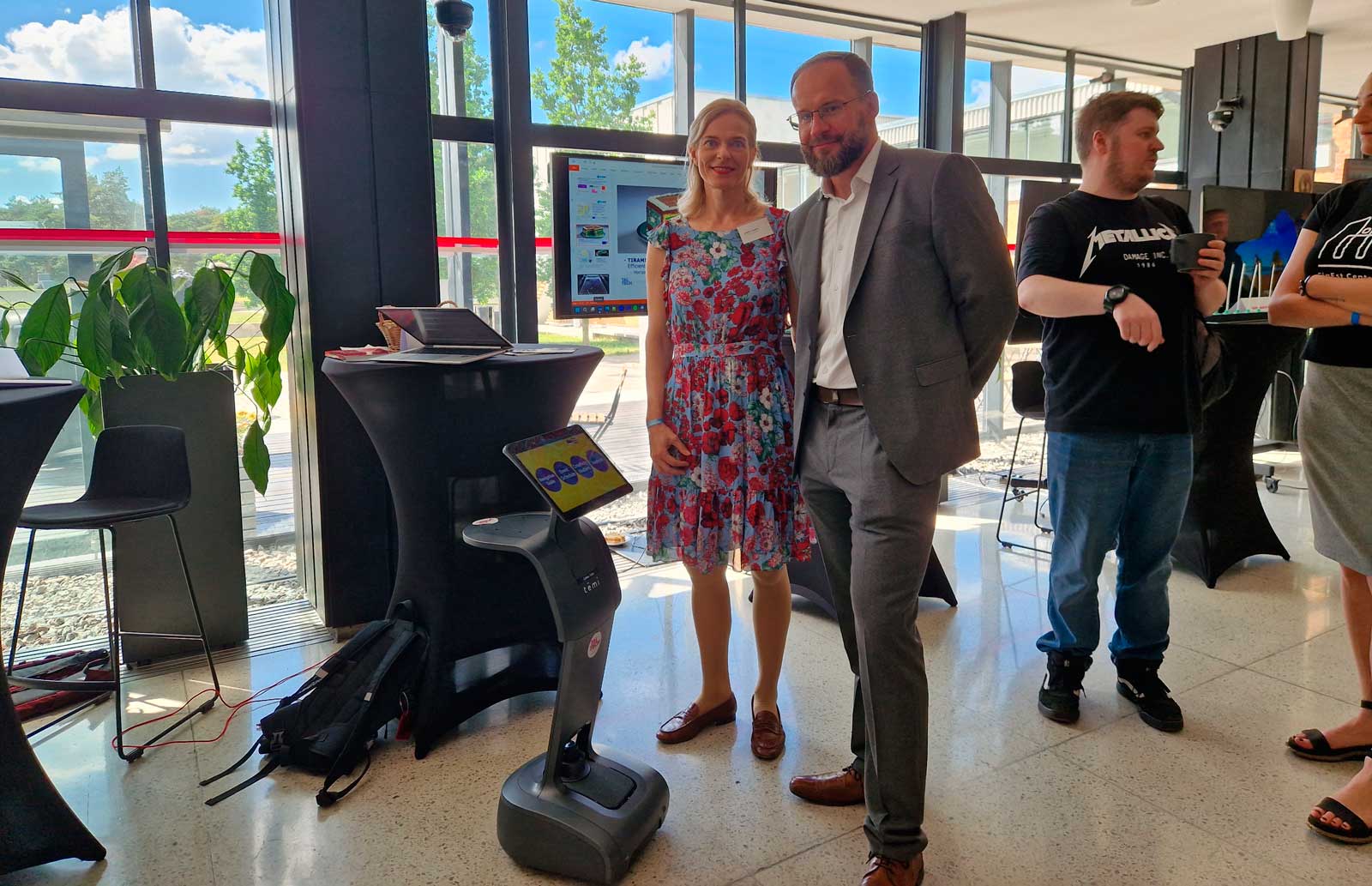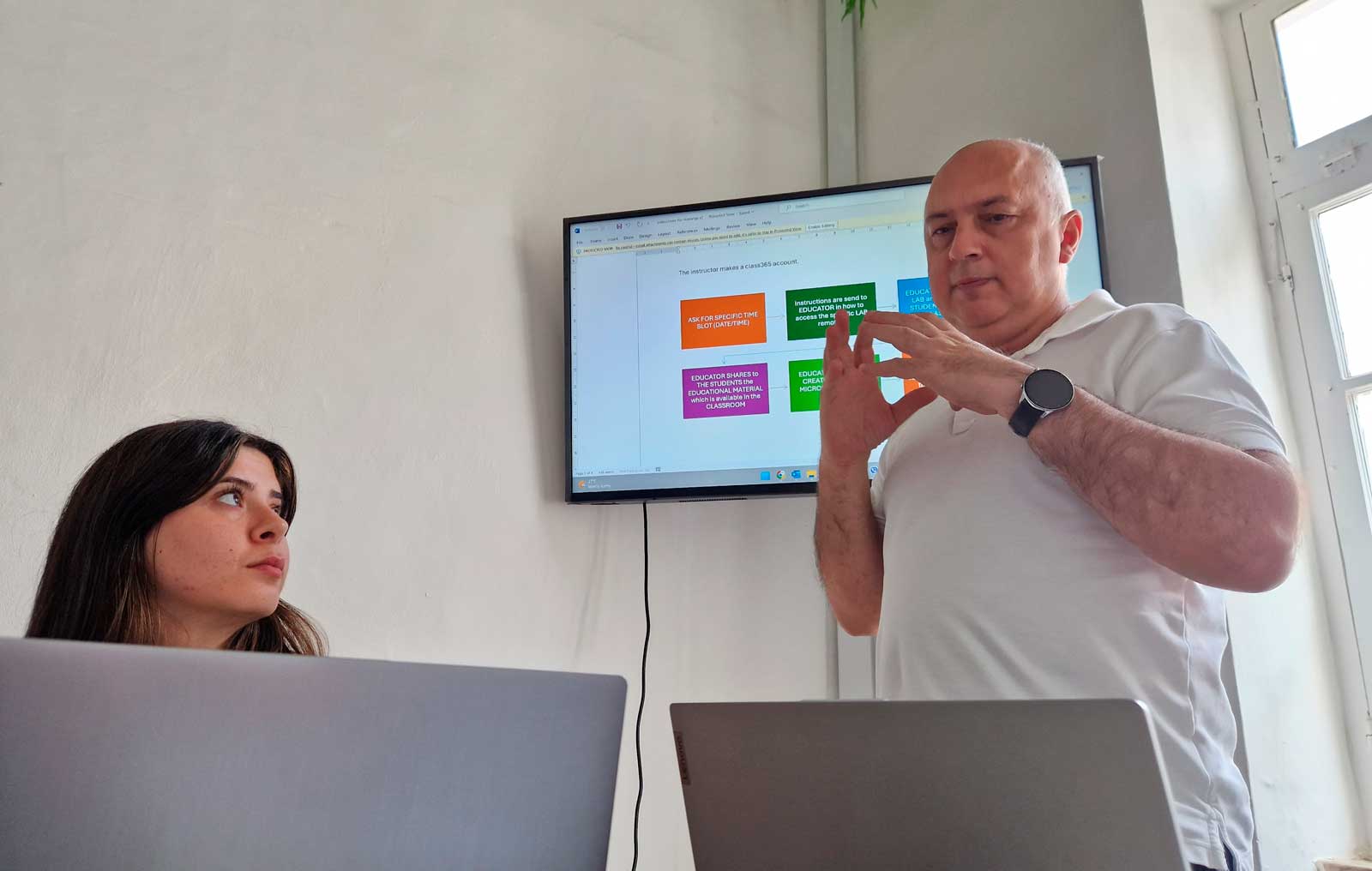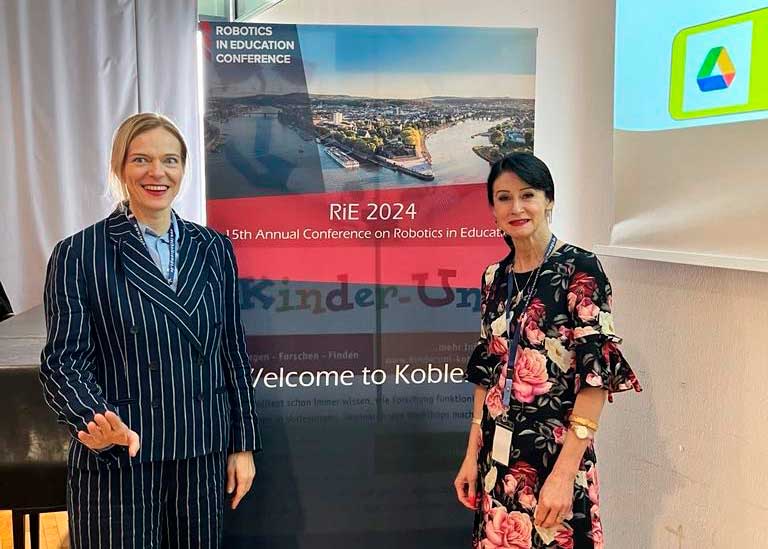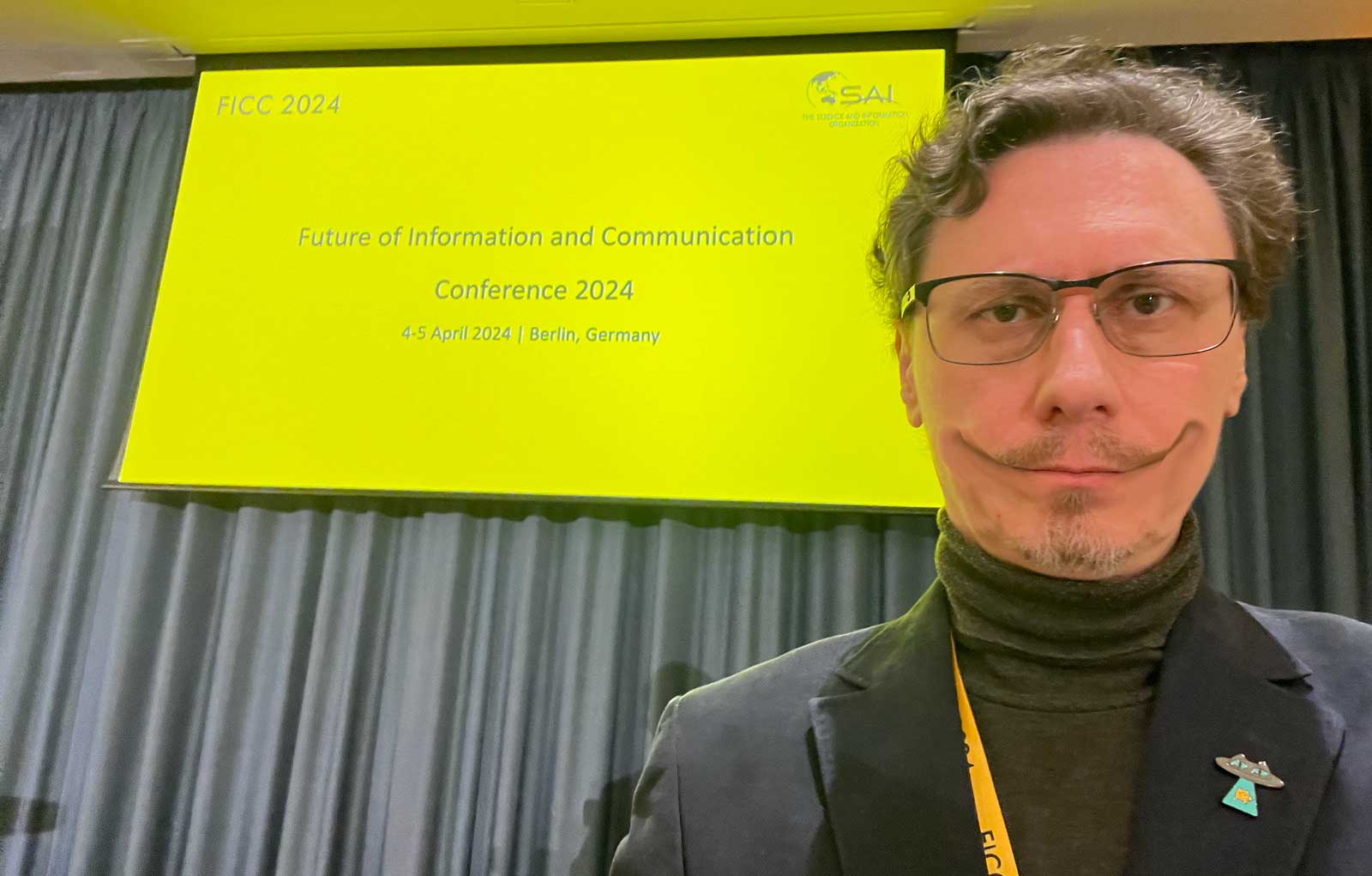Conference on Higher Education Advances (HEAd’24)
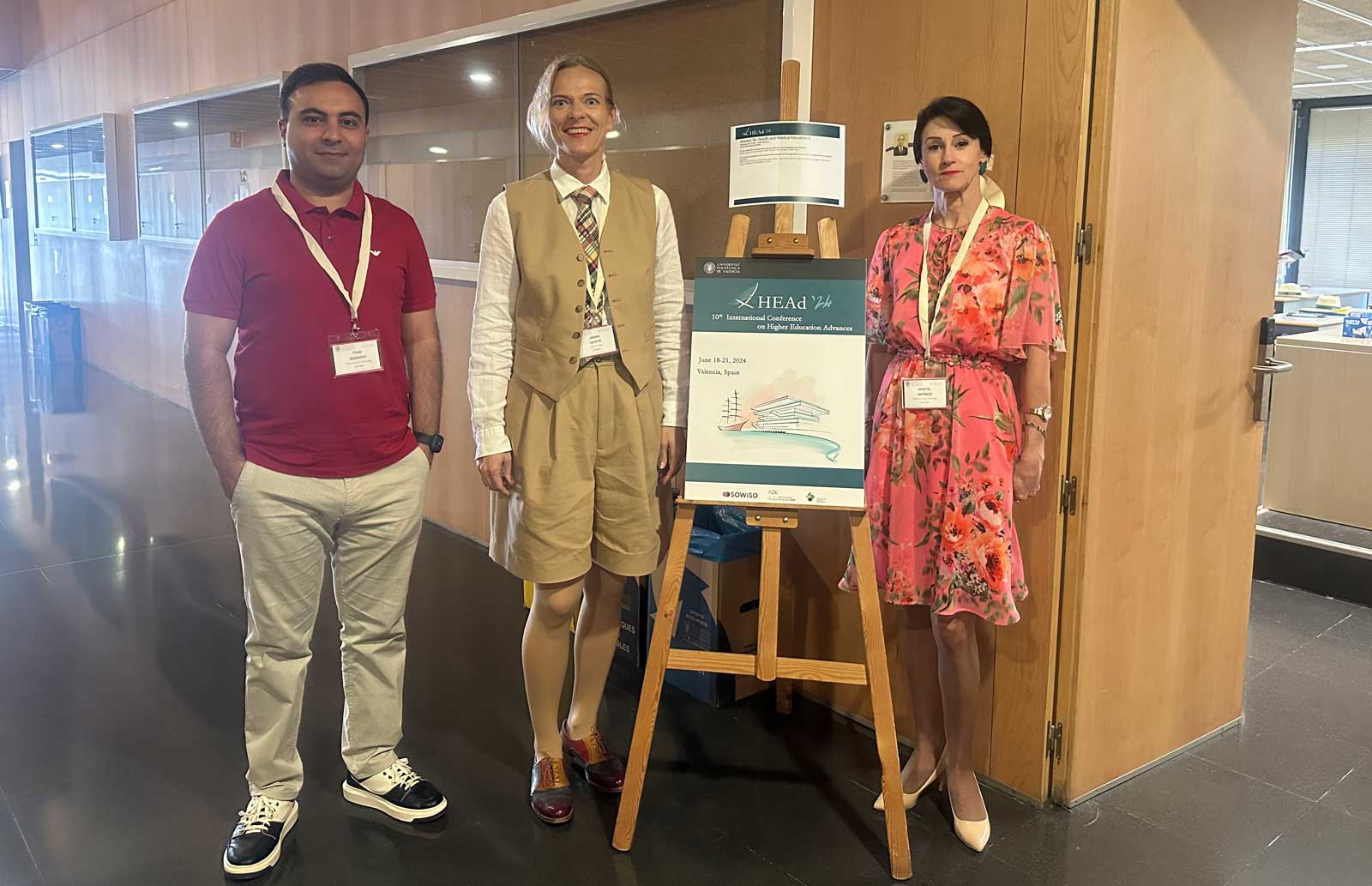
Our research group recently had the pleasure of participating in the 10th International Conference on Higher Education Advances (HEAd’24) held at the Universitat Politècnica de València (UPV) in Spain. This event brought together academics, researchers, and educators from around the globe to share ideas, experiences, and best practices in teaching methodologies and educational systems.
Our paper, “The Potential of Using Social Service Robots in the Healthcare Environment” which focuses on Health and Medical Education, was presented by Kristel Marmor. Her engaging presentation sparked an active discussion about the future of healthcare with robots. We had insightful exchanges with colleagues, exploring the potential and challenges of integrating social service robots into healthcare settings. The paper is accessible open-access and available here.
